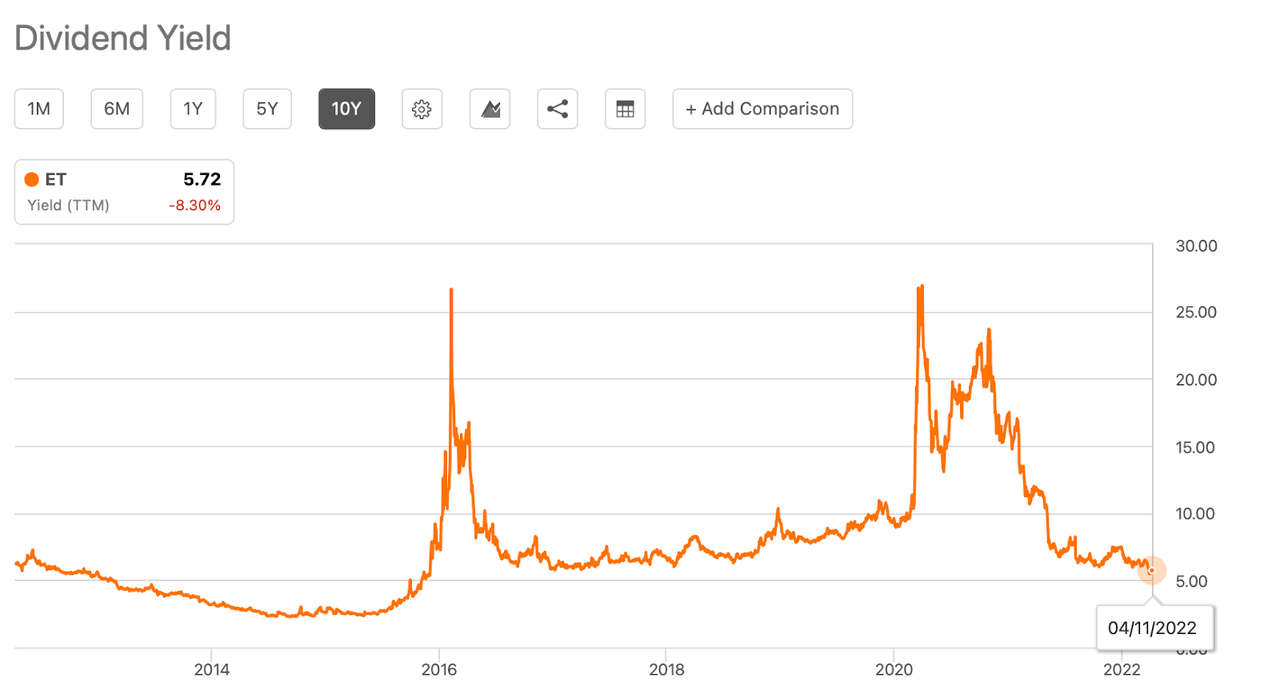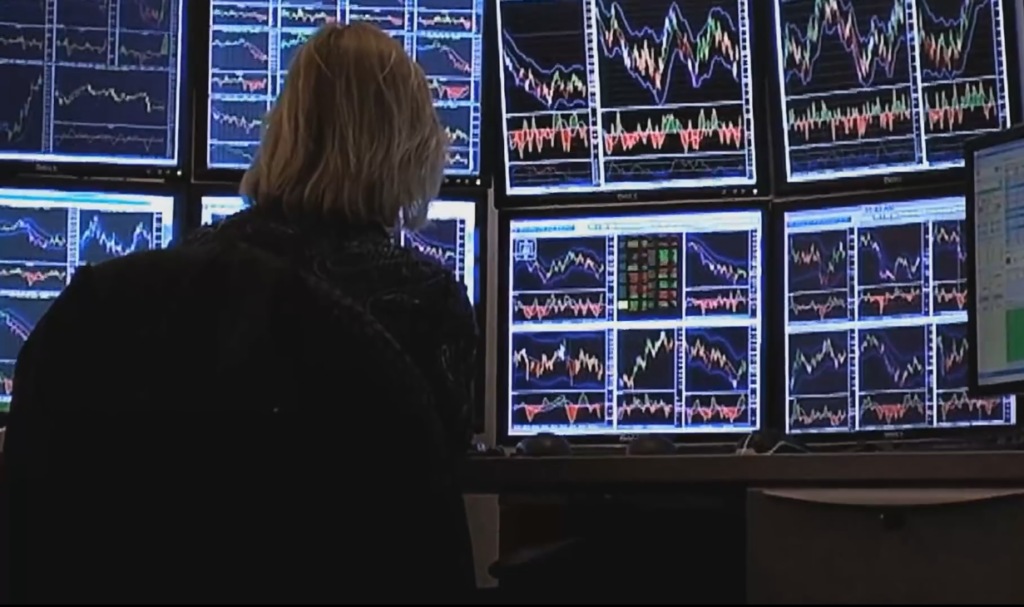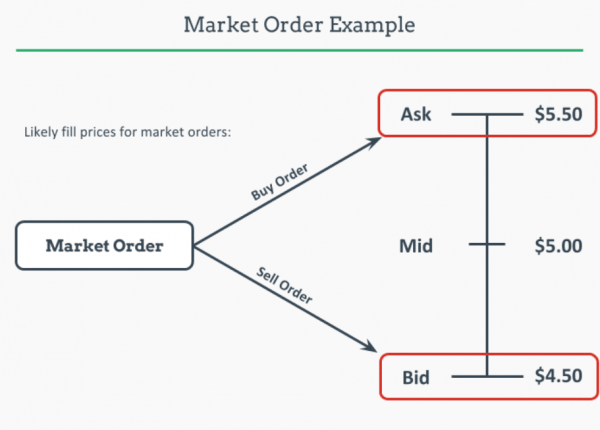
A Forex hedge is an option you can use to lower the risk of your foreign exchange positions. Hedging refers to taking opposite positions in the same currency pair, or another asset. It decreases your exposure to market and can also reduce your profits. Forex hedges may seem complicated but they are well worth looking into. This article will cover the most common hedging options. It will also help you decide which one you prefer. The article also addresses some of the common mistakes people make.
Hedging involves taking opposite positions in the same currency pair or a related asset
Many traders are familiar with the term "hedging", but it's not the only type. Others hedges don't involve exotic financial instruments or derivatives. One common form of hedging involves taking opposing positions in the same currency or related asset. For example, a farmer may decide to plant wheat in one growing season, but then hedge his position by purchasing US dollars during the next. A farmer might lose money if the price of wheat drops unexpectedly.

Hedging reduces your exposure to market risk
You should understand the benefits and risks of hedge funds when investing in the markets. We'll be discussing some of the best ways hedge funds can reduce your risk. You can reduce your losses as well as gain by short selling stocks. This strategy's effectiveness will depend on how similar your portfolio is. For example, if the market is at risk of collapsing, you can short sell 213 SPY S&P500 eTFs.
Hedging lowers your potential profits
Hedging enables you to minimize your losses on a particular stock, currency, or investment. Hedging helps you limit your losses due to the up or down side of an investment. To eliminate uncertainty, both individuals and businesses use derivatives. Hedging, for example, allows you to lock down a price well in advance of delivery. It can also reduce overall risk. Although hedges may reduce your profits, they have their benefits.
Hedging can be complex
Hedging involves hedging positions to minimize your risk. You may have heard of it before, but hedging is not a simple process. Although homeowners insurance protects against natural disasters, portfolio managers, individual investors and corporations can also use it. Hedged investments, unlike homeowners insurance, involve more complicated market strategies and financial tools. You can hedge by trading in multiple markets or buying insurance against a particular loss.
You need to have trading experience
Although hedging is an effective way to limit risk in trading, it also entails extra costs, including commission fees, swap fees, and spread. These costs are not usually considered by novice traders. Forex hedging involves extensive trading experience, analytical skills, and close oversight. This article will discuss some of the key factors to consider when hedging your Forex positions. This information is not meant to be used as investment advice.

It can lead to rapid losses
For preserving earnings, a Forex hedge is essential. A trader may decide to hedge a long position he has in NOK/JPY by purchasing a put options on the same currency. The put option locks in the price of the currency at 'at-worst', known as the strike price. If the currency prices rise, the trader will have to exercise his option and sell the currency. He may opt to keep his long position and watch for changes in technical indicators or chart patterns.
FAQ
How Does Inflation Affect the Stock Market?
Inflation has an impact on the stock market as investors have to spend less dollars each year in order to purchase goods and services. As prices rise, stocks fall. This is why it's important to buy shares at a discount.
How are securities traded?
The stock exchange is a place where investors can buy shares of companies in return for money. Companies issue shares to raise capital by selling them to investors. These shares are then sold to investors to make a profit on the company's assets.
The price at which stocks trade on the open market is determined by supply and demand. The price rises if there is less demand than buyers. If there are more buyers than seller, the prices fall.
You can trade stocks in one of two ways.
-
Directly from your company
-
Through a broker
Is stock marketable security?
Stock is an investment vehicle that allows investors to purchase shares of company stock to make money. This is done by a brokerage, where you can purchase stocks or bonds.
You can also invest in mutual funds or individual stocks. There are actually more than 50,000 mutual funds available.
The main difference between these two methods is the way you make money. Direct investment is where you receive income from dividends, while stock trading allows you to trade stocks and bonds for profit.
In both cases you're buying ownership of a corporation or business. You become a shareholder when you purchase a share of a company and you receive dividends based upon how much it earns.
With stock trading, you can either short-sell (borrow) a share of stock and hope its price drops below your cost, or you can go long-term and hold onto the shares hoping the value increases.
There are three types: put, call, and exchange-traded. You can buy or sell stock at a specific price and within a certain time frame with call and put options. ETFs, also known as mutual funds or exchange-traded funds, track a range of stocks instead of individual securities.
Stock trading is very popular because it allows investors to participate in the growth of a company without having to manage day-to-day operations.
Although stock trading requires a lot of study and planning, it can provide great returns for those who do it well. It is important to have a solid understanding of economics, finance, and accounting before you can pursue this career.
What is the difference between stock market and securities market?
The entire market for securities refers to all companies that are listed on an exchange that allows trading shares. This includes stocks, bonds, options, futures contracts, and other financial instruments. There are two types of stock markets: primary and secondary. Large exchanges like the NYSE (New York Stock Exchange), or NASDAQ (National Association of Securities Dealers Automated Quotations), are primary stock markets. Secondary stock market are smaller exchanges that allow private investors to trade. These include OTC Bulletin Board Over-the-Counter, Pink Sheets, Nasdaq SmalCap Market.
Stock markets are important because it allows people to buy and sell shares in businesses. Their value is determined by the price at which shares can be traded. A company issues new shares to the public whenever it goes public. Dividends are received by investors who purchase newly issued shares. Dividends are payments made to shareholders by a corporation.
Stock markets serve not only as a place for buyers or sellers but also as a tool for corporate governance. Boards of directors are elected by shareholders to oversee management. Boards ensure that managers use ethical business practices. In the event that a board fails to carry out this function, government may intervene and replace the board.
What are the pros of investing through a Mutual Fund?
-
Low cost - buying shares from companies directly is more expensive. Buying shares through a mutual fund is cheaper.
-
Diversification is a feature of most mutual funds that includes a variety securities. When one type of security loses value, the others will rise.
-
Professional management - professional mangers ensure that the fund only holds securities that are compatible with its objectives.
-
Liquidity – mutual funds provide instant access to cash. You can withdraw the money whenever and wherever you want.
-
Tax efficiency – mutual funds are tax efficient. You don't need to worry about capital gains and losses until you sell your shares.
-
There are no transaction fees - there are no commissions for selling or buying shares.
-
Mutual funds can be used easily - they are very easy to invest. All you need to start a mutual fund is a bank account.
-
Flexibility - You can modify your holdings as many times as you wish without paying additional fees.
-
Access to information: You can see what's happening in the fund and its performance.
-
Ask questions and get answers from fund managers about investment advice.
-
Security - you know exactly what kind of security you are holding.
-
Control - You can have full control over the investment decisions made by the fund.
-
Portfolio tracking allows you to track the performance of your portfolio over time.
-
Easy withdrawal - You can withdraw money from the fund quickly.
What are the disadvantages of investing with mutual funds?
-
Limited investment options - Not all possible investment opportunities are available in a mutual fund.
-
High expense ratio - Brokerage charges, administrative fees and operating expenses are some of the costs associated with owning shares in a mutual fund. These expenses eat into your returns.
-
Lack of liquidity-Many mutual funds refuse to accept deposits. They must be purchased with cash. This limits the amount that you can put into investments.
-
Poor customer support - customers cannot complain to a single person about issues with mutual funds. Instead, you should deal with brokers and administrators, as well as the salespeople.
-
Ridiculous - If the fund is insolvent, you may lose everything.
Can bonds be traded
Yes, they do! Bonds are traded on exchanges just as shares are. They have been traded on exchanges for many years.
You cannot purchase a bond directly through an issuer. They can only be bought through a broker.
This makes buying bonds easier because there are fewer intermediaries involved. This means that you will have to find someone who is willing to buy your bond.
There are different types of bonds available. There are many types of bonds. Some pay regular interest while others don't.
Some pay interest every quarter, while some pay it annually. These differences make it easy to compare bonds against each other.
Bonds are great for investing. If you put PS10,000 into a savings account, you'd earn 0.75% per year. This amount would yield 12.5% annually if it were invested in a 10-year bond.
If all of these investments were put into a portfolio, the total return would be greater if the bond investment was used.
Statistics
- US resident who opens a new IBKR Pro individual or joint account receives a 0.25% rate reduction on margin loans. (nerdwallet.com)
- Individuals with very limited financial experience are either terrified by horror stories of average investors losing 50% of their portfolio value or are beguiled by "hot tips" that bear the promise of huge rewards but seldom pay off. (investopedia.com)
- Our focus on Main Street investors reflects the fact that American households own $38 trillion worth of equities, more than 59 percent of the U.S. equity market either directly or indirectly through mutual funds, retirement accounts, and other investments. (sec.gov)
- Even if you find talent for trading stocks, allocating more than 10% of your portfolio to an individual stock can expose your savings to too much volatility. (nerdwallet.com)
External Links
How To
How to make a trading program
A trading plan helps you manage your money effectively. It will help you determine how much money is available and your goals.
Before creating a trading plan, it is important to consider your goals. It may be to earn more, save money, or reduce your spending. You might want to invest your money in shares and bonds if it's saving you money. If you are earning interest, you might put some in a savings or buy a property. Perhaps you would like to travel or buy something nicer if you have less money.
Once you know your financial goals, you will need to figure out how much you can afford to start. This will depend on where and how much you have to start with. Also, consider how much money you make each month (or week). Income is the sum of all your earnings after taxes.
Next, make sure you have enough cash to cover your expenses. These include rent, bills, food, travel expenses, and everything else that you might need to pay. These expenses add up to your monthly total.
You'll also need to determine how much you still have at the end the month. That's your net disposable income.
Now you know how to best use your money.
Download one online to get started. Ask someone with experience in investing for help.
Here's an example spreadsheet that you can open with Microsoft Excel.
This graph shows your total income and expenditures so far. Notice that it includes your current bank balance and investment portfolio.
Here's another example. This one was designed by a financial planner.
It will help you calculate how much risk you can afford.
Remember, you can't predict the future. Instead, put your focus on the present and how you can use it wisely.